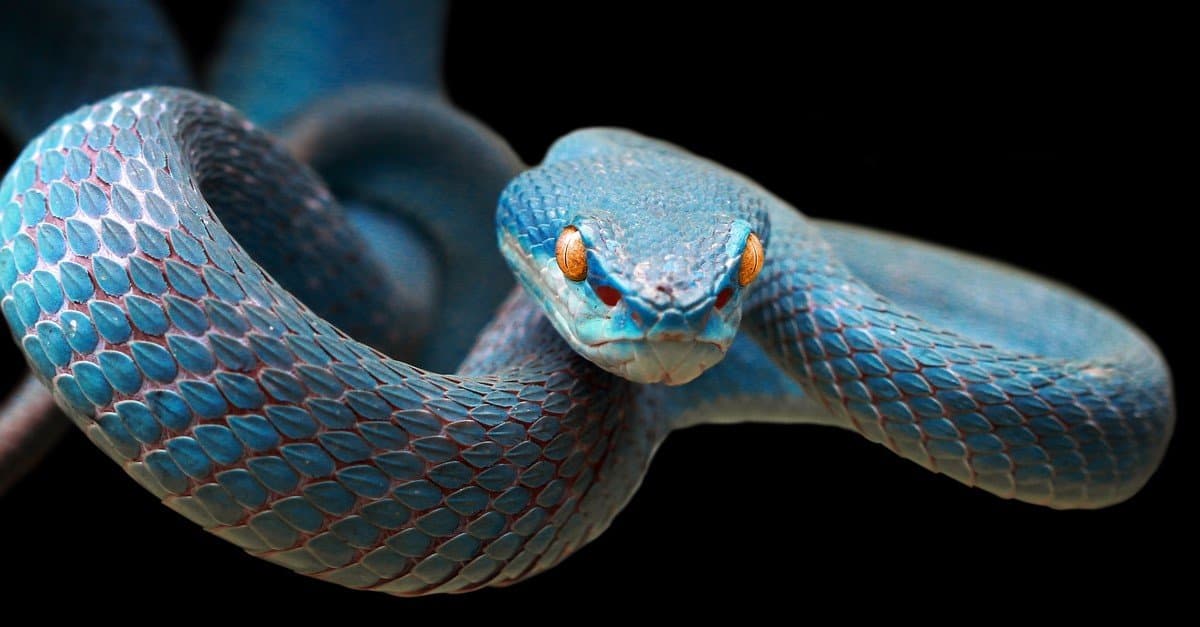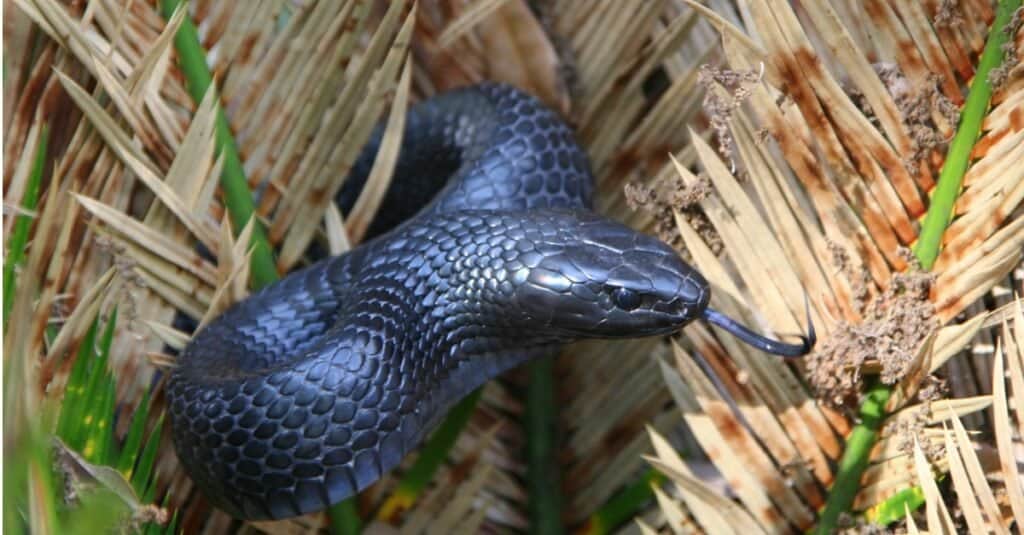Introduction
When it pertains to venomous serpents, Australia is home to some of the most fascinating and hazardous types on the planet. Among these, the Tiger Snake stands out not only for its potent poison however also for its intriguing actions. Understanding the actions of poisonous serpents like the Tiger Snake is important for both wildlife lovers and those residing in areas where these snakes exist. This post explores numerous facets of Tiger Snake habits, habitat, identification, safety measures, and emergency treatment techniques in situation of a serpent bite.
Understanding the Behavior of Venomous Snakes Like the Tiger Snake
The Tiger Snake, clinically referred to as Notechis scutatus, is well-known for its hostile nature when threatened. These snakes exhibit a range of actions that can be rather different from their non-venomous equivalents.
Characteristics of Tiger Snakes
The Tiger Snake is quickly identifiable as a result of its distinctive bands or red stripes that resemble a tiger's markings. They can differ in shade from yellowish-brown to dark olive or black. This pigmentation serves not only as camouflage but likewise as a caution signal to possible predators.
Adaptability to Environment
One remarkable element of their behavior is their flexibility to various settings. Discovered mainly in coastal regions, marshes, and wetlands throughout Australia and Tasmania, they can thrive in varied environments including urban areas.
Hunting Techniques
Tiger Snakes are ambush predators primarily feeding on fish, frogs, and small animals. They possess keen eyesight and a severe feeling of scent which assists them in finding prey effectively.
Venom Composition
Their venom includes neurotoxins that impact the nerve system, bring about paralysis or fatality in smaller sized animals. For people, instant clinical focus is vital after a tiger snake bite due to its potentially lethal effects.

Natural Environment of Tiger Snakes
Preferred Locations
Understanding where these serpents live clarify their behavior patterns. The tiger serpent habitat includes:
- Coastal regions Swamps Grasslands Urban areas with bountiful water sources
Seasonal Movements
During warmer months, Tiger Snakes are much more active as they indulge in sunlight or quest for food. On the other hand, colder months see them pulling away into hibernation sites.
Are Tiger Snakes Venomous?
Yes! The question "are tiger snakes venomous?" often develops amongst those unfamiliar with this species. Their poison is taken into consideration among the deadliest amongst all serpent types worldwide.
Symptoms of a Tiger Snake Bite
If bitten by a tiger snake, symptoms might consist of:
- Localized pain Swelling at the bite site Nausea and vomiting Sweating and confusion
Immediate medical help is crucial as without treatment attacks can cause extreme health and Click here for more wellness problems or perhaps death.
First Aid for Serpent Bites: Quick Response Guide
Knowing just how to administer first aid for a serpent bite can save a person's life. Here's what you must do:

Step 1: Stay Calm
Keeping tranquility aids reduce heart rate which reduces venom spread.
Step 2: Immobilize the Influenced Area
Keep the impacted limb still and listed below heart degree if possible.
Step 3: Call Emergency Services
Always seek professional clinical help right away after a serpent bite.
First Help for Serpent Bite Kit Essentials
A well-equipped snake bite first aid kit ought to consist of:
- A compression bandage Antiseptic wipes A set of scissors An ice bag
Safety Safety measures: Preventing Snake Bites in Australia
Awareness Programs
Educating areas about local serpent types and their habits can dramatically lower experiences bring about bites.
Avoiding Harmful Areas
Staying away from lengthy turf during warmer months reduces contact with serpents that could be resting or hunting.
Common Misunderstandings About Tiger Snakes
Many individuals think false impressions regarding the behaviors of tiger snakes result in unnecessary worry. Below are some information:
Myth 1: All Tigers Are Aggressive
Not all tiger snakes will show aggression if left uninterrupted; many like running away golden crowned snake venom rather than confrontation.

Myth 2: They Chase Humans
Tiger snakes do not proactively chase after humans; they might strike when they feel intimidated however will generally retreat if provided space.
Conservation Efforts Connected to Poisonous Snakes
Conservation efforts concentrate on enlightening areas regarding Brown snake securing local wildlife while reducing human-snake interactions.
Importance of Ecosystems
Understanding that venomous snakes play an important role in preserving eco-friendly balance helps foster appreciation instead of worry towards them.
FAQs Regarding Tiger Snakes
What must I do if I run into a tiger snake?- Maintain range and gradually retreat without sudden movements.
- While attacks aren't very usual as a result of recognition initiatives, they still take place every year within Australia.
- Baby tiger serpents can deliver full doses of poison in spite of being smaller sized; thus caution is recommended around them.
- They mostly take in frogs, fish, tiny creatures like rodents, and various other reptiles.
- It's prohibited in many jurisdictions without correct licensing as a result of safety and security problems concerning their venom.
- Wear strong boots and stay on marked tracks; appearance before placing hands or feet right into hidden rooms like rocks or logs.
Conclusion
Understanding the actions of poisonous snakes like the Tiger Snake not only boosts our understanding however likewise promotes security understanding amongst those living near their habitats. From recognizing their characteristics, understanding first aid methods adhering to a bite, with involving conservation initiatives-- every aspect plays a vital function in promoting conjunction with these interesting reptiles while appreciating their place within our ecosystem.
As we deepen our understanding with education and learning and experience, we add favorably towards guaranteeing both human security and wild animals preservation-- profiting all celebrations involved!